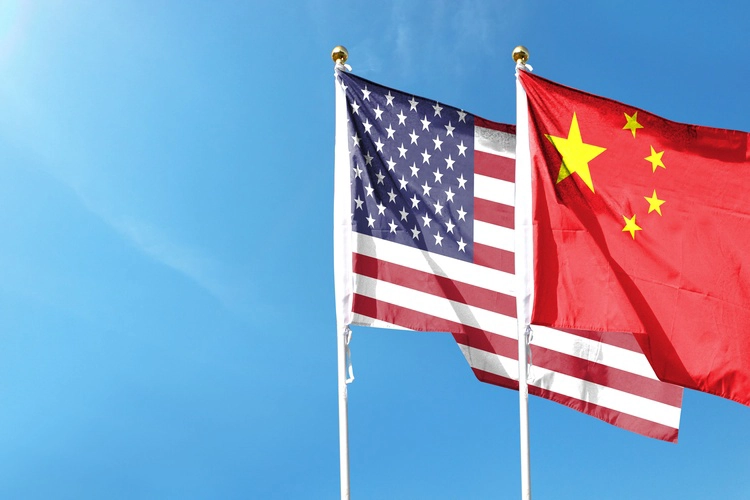


Tim Marshall on the importance of US and China relations during a world crisis –and what communication links the countries have
Deep under the Forbidden City in Beijing, a phone is ringing. And ringing, and ringing…
The scenario above isn’t the opening of a Hollywood blockbuster, but the real fears of Pentagon planners of what could happen if tensions dramatically escalated between the USA and China. That’s why the 29 August agreement between President Xi and US national security advisor Jake Sullivan to set up a video call between the two countries’ military commanders in the Indo-Pacific region is, according to Sullivan, a ‘very positive outcome’. Washington hopes to build on this to establish an efficient, reliable ‘hotline’ between them to be used in times of crisis.
Enjoying Tim Marshall’s articles? Read more here:
The two superpowers do have communication channels, but not at the level of the emergency communication system established between the USA and Russia in the aftermath of the 1962 Cuban Missile Crisis. There’s a US/China military- to-military structure, but this was suspended after then US House Speaker Nancy Pelosi visited Taiwan in 2022. Last year, it was agreed to re-open it, but progress has been slow, hence the importance of the Xi–Sullivan agreement.
In 1998, China and the USA did establish what was termed a ‘hotline’ but emergency communications proved to be glacial. The following year, during the Kosovo War, the US Air Force bombed the Chinese Embassy in Belgrade. President Clinton called to apologise – no-one picked up. Former national security advisor Condoleezza Rice has written about the 2001 incident when China forced a US reconnaissance plane to land and detained the crew. For more than 12 hours Beijing maintained radio silence – ‘Finally, I located my Chinese counterpart, who was on a trip in Argentina, and got the Argentines to take a phone to him at a barbecue. “Tell your leaders to take our call,” I implored. Only then were we able to defuse the crisis.’
Last year, when a Chinese spy balloon crossed the USA and was shot down, Beijing again refused to open the communication link.

Even if it does, there are procedural and structural problems. The rigid hierarchy of the Chinese system means that even in an emergency, Chinese military commanders are unlikely to engage in communication with their American counterparts before receiving explicit instructions from the Politburo.
Another problem is that protocols for contact are cumbersome. A Bulletin of the Atomic Scientists’ report suggests that after the USA sends a message saying it wants to communicate about an incident, China has 48 hours in which to respond. The initial response can include questions, such as ‘Which level of official do you expect to talk to?’
It’s possible that in the event of imminent war, or even fears of a nuclear attack, each side would prefer shorter response times, but there’s always the danger that one would be tempted to use the timeframes as a tool to exert pressure. The Americans worry that as China lacks the institutional memory of how quickly an incident can become an existential crisis it might be tempted to play games with the system.
In the event war has broken out, another issue arises – the survivability of the ‘hotline’. Whether a conflict was conventional or nuclear, and even if they wanted
to communicate, each side would target the other’s electromagnetic spectrum on land, sea and in space. So, although they need to use the latest technology for communication, it would be prudent to maintain low- bandwidth methods – voice instead of video, and text instead of voice.
The upcoming military video call could be a new start in establishing modern shared norms of co- ordination no matter who wins the US presidential election. They will need them. The South China Sea has become a major potential flashpoint between the two powers. The Taiwan issue is ever present as is, despite fewer headlines, tension between China and the Philippines, with which the USA has a defence treaty. Chinese coastguard ships have repeatedly ‘collided’ with Philippine ships over the past few years and the Americans are now offering to escort the latter through the contested zone.
If they ever ‘collide’ with the Americans, it would be quite a scenario. A working hotline could prevent it from becoming a horror film.




